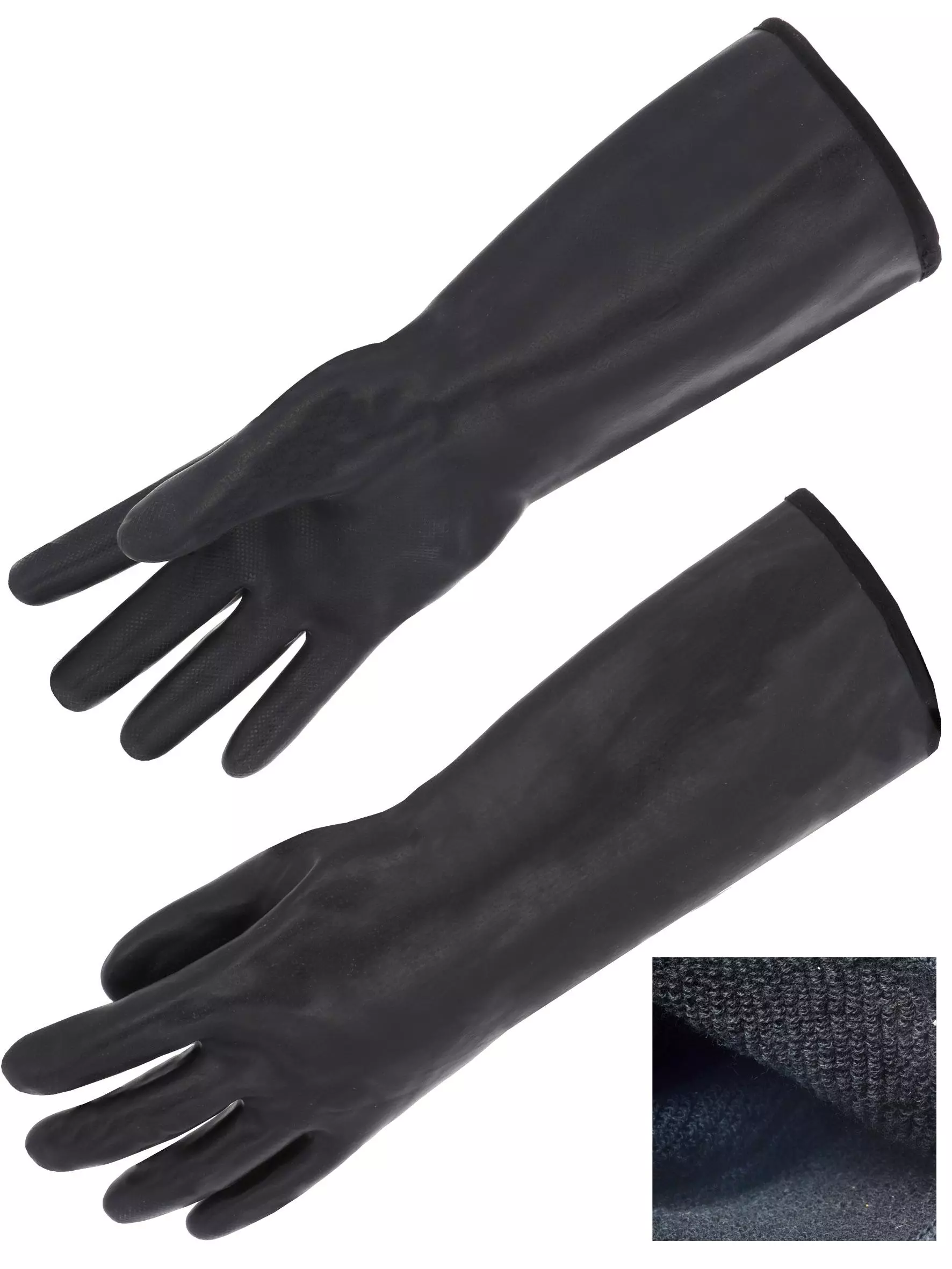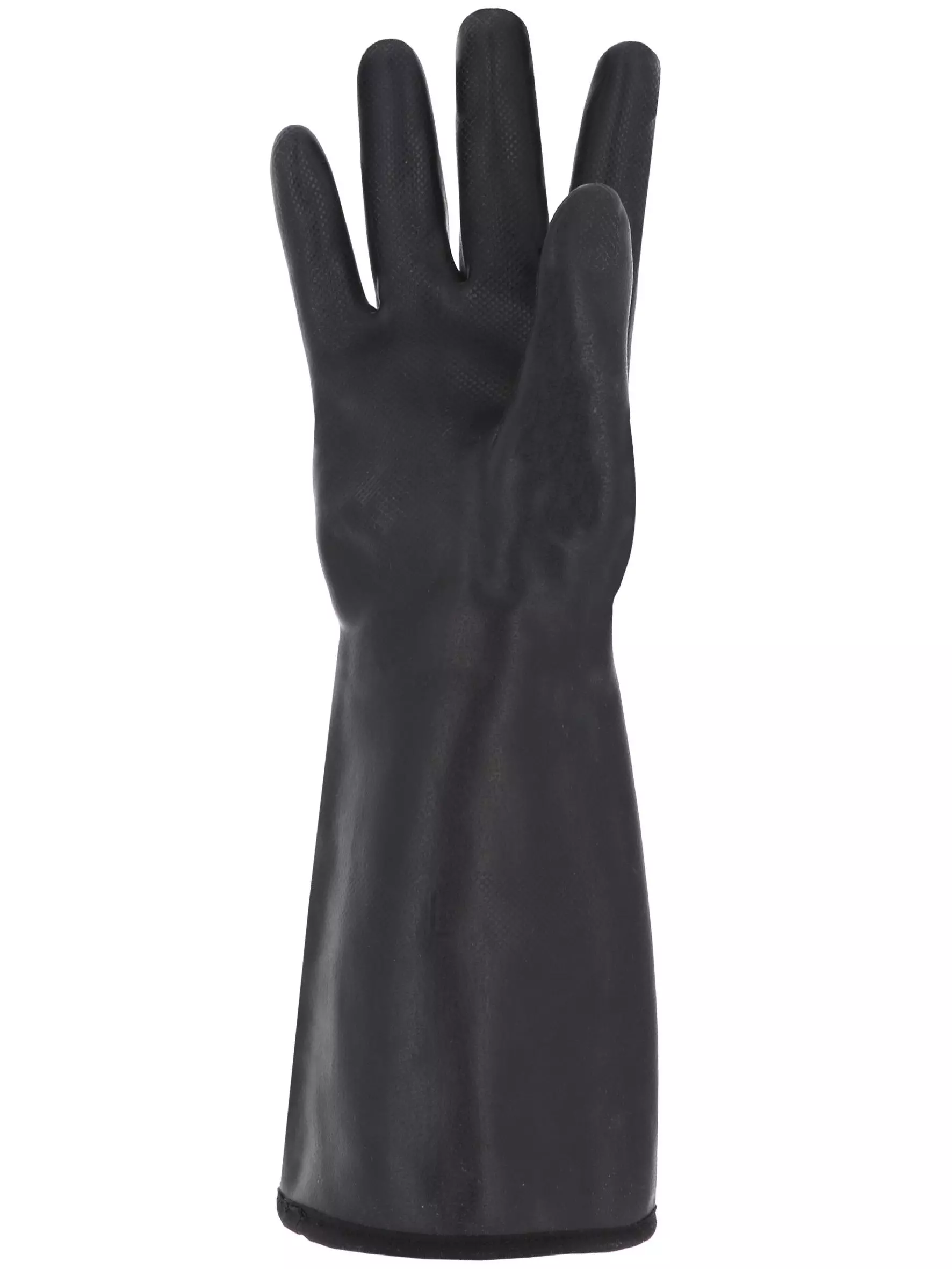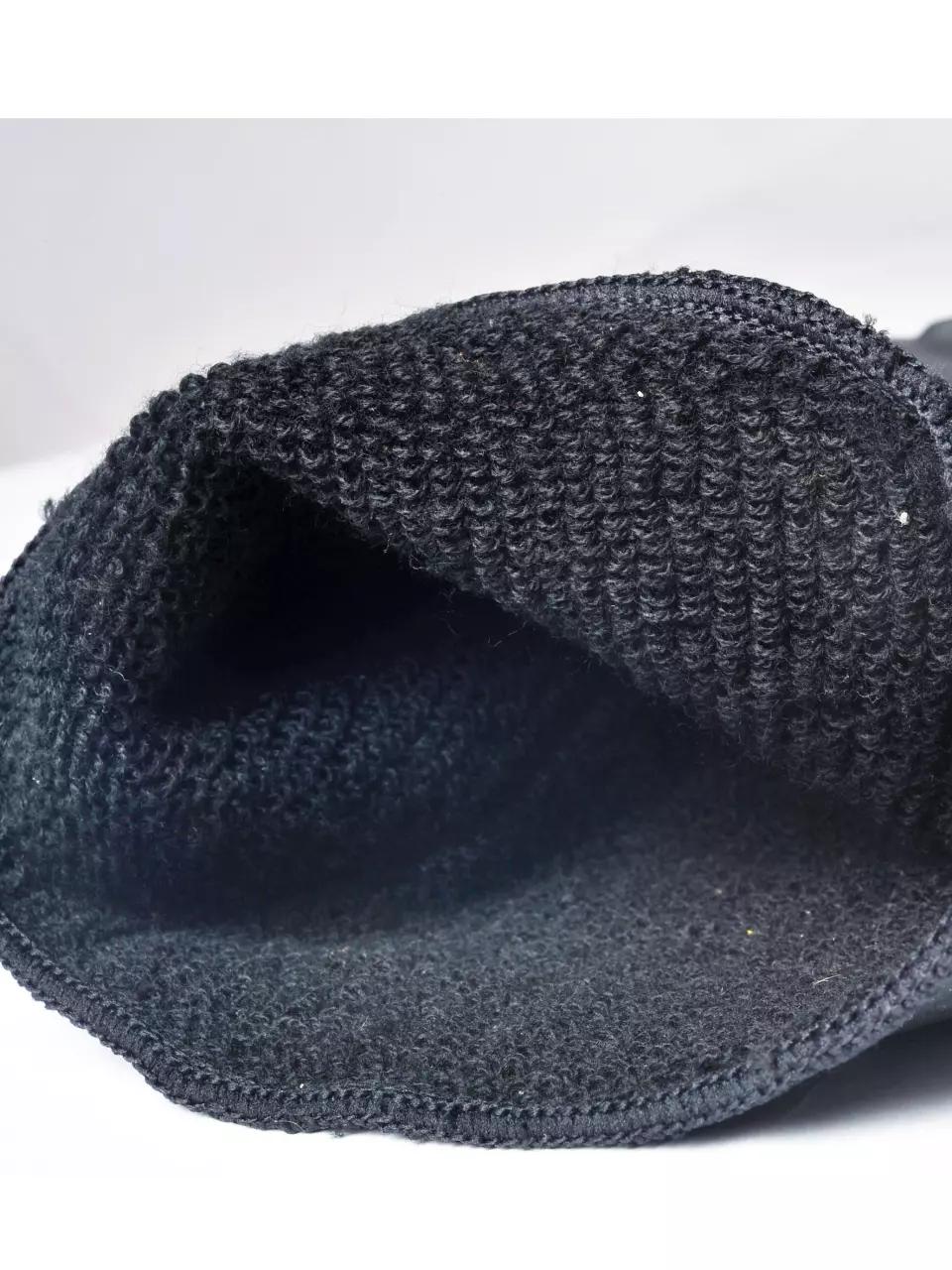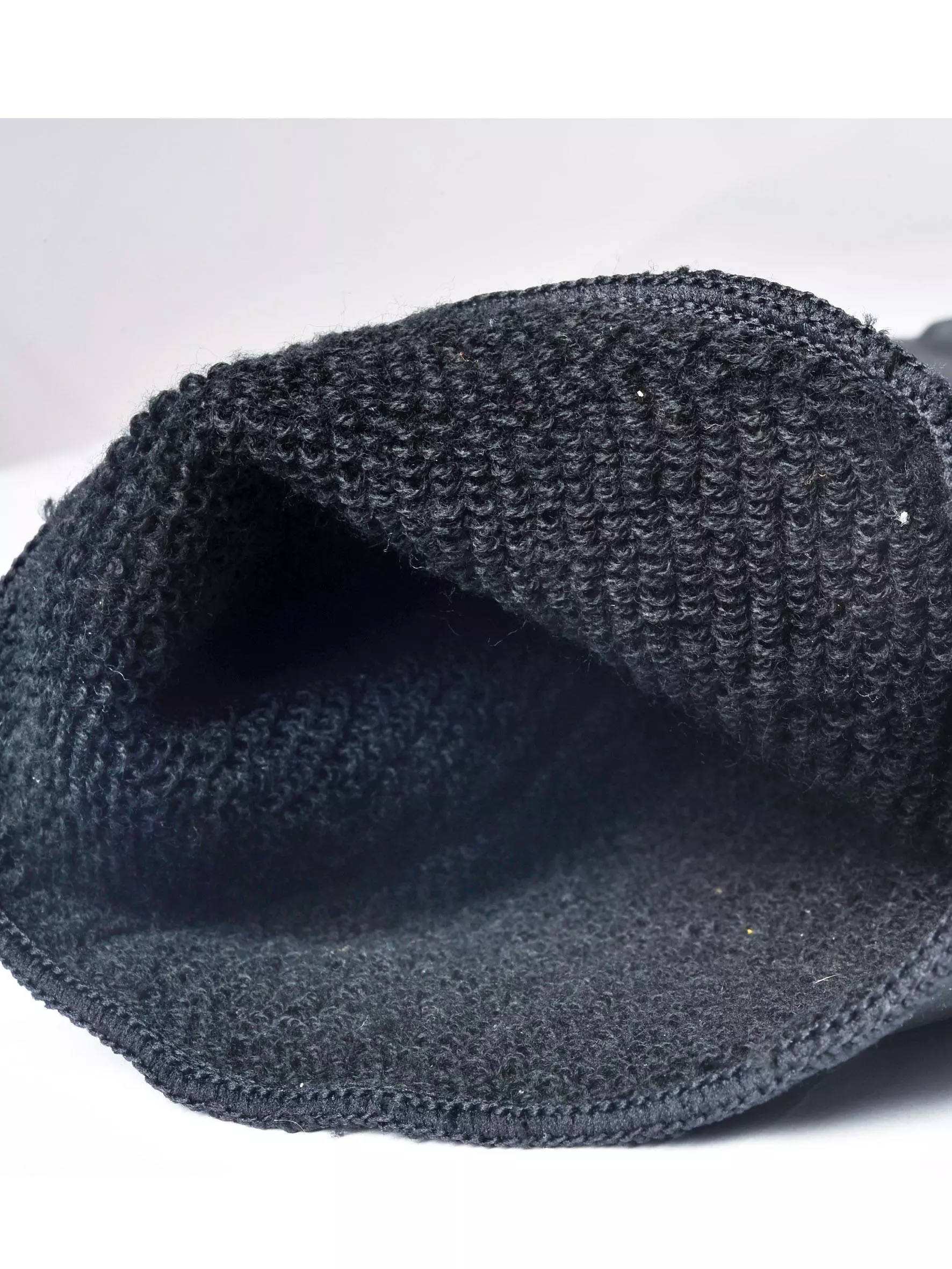


Features You'll Love

Grip Finish · Embossed
Embossed grip provides a secure, confident hold on tools and materials, enhancing control and reducing slippage for safer work.

Cuff Style · Open
Determines how the glove secures around the wrist, affecting fit, protection from debris, and ease of putting gloves on and taking them off.
Singer Safety
Protective Gloves, 10 pairs
Protective Gloves, 10 pairs
4.8 / 5
224,24 €
Price per 10 pairs
22,42 € / pair
Choose size
Free delivery
Features You'll Love

Grip Finish · Embossed
Embossed grip provides a secure, confident hold on tools and materials, enhancing control and reducing slippage for safer work.

Cuff Style · Open
Determines how the glove secures around the wrist, affecting fit, protection from debris, and ease of putting gloves on and taking them off.
Product description
These multi-purpose protective gloves feature a fully coated neoprene exterior with an acrylic terry liner for superior insulation and comfort. Designed for multiple risk environments, they offer comprehensive protection against mechanical hazards, chemicals, cold, and limited heat exposure. The embossed palm finish enhances grip while the seamless knitted construction and straight edge cuff ensure comfort during extended wear periods.
Product Features:
- Fully coated neoprene exterior with seamless knitted acrylic terry liner
- Embossed palm finish for improved grip and handling
- Anatomical form for enhanced dexterity and comfort
- Gauge 7 construction for optimal balance of protection and flexibility
- Food contact certified according to French regulations
Technical Details:
- EN 388:2016+A1:2018 (2121X) mechanical protection
- EN 511:2006 (X2X) cold protection with level 2 contact cold resistance
- EN 407:2020 (X2XXXX) heat protection with level 2 contact heat resistance
- EN ISO 374-1:2016+A1:2018 Type B (AKL) chemical resistance
- EN ISO 374-5:2016 protection against bacteria and fungi
Recommended Applications:
- Chemical industry
- Heavy industry
- Light industry
- Agriculture
- Maintenance
Standards:
- Category III PPE according to European Regulation (EU) 2016/425
- Certified by SGS (notified body n°0598)
- ISO 9001 certified manufacturing
EAN: 3660514099401, 3660514099418, 3660514082922, 3660514082939, 3660514082953, 3660514082960

